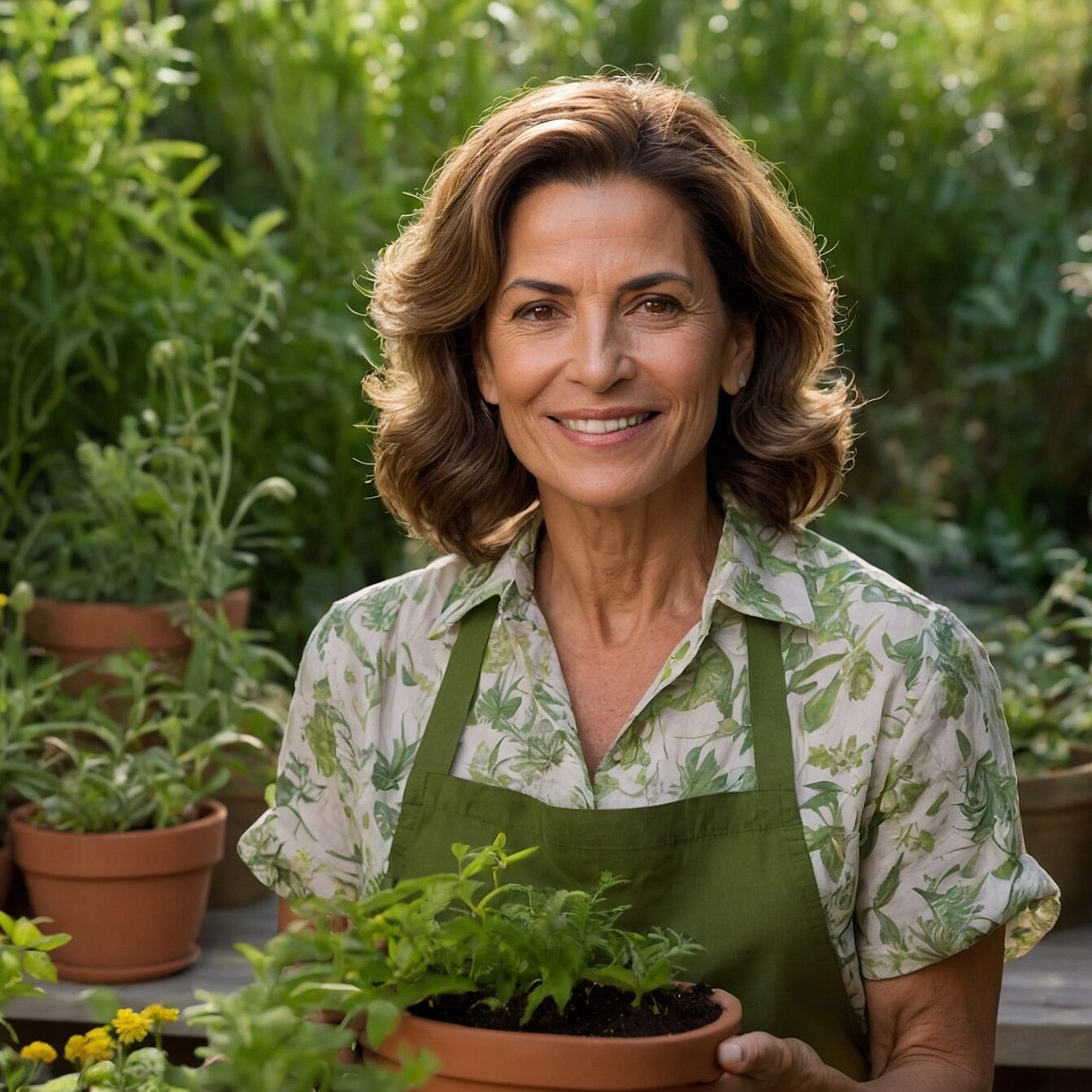Index
I. Introduction
Not every corner of the house receives the same amount of light, and finding suitable plants for dark corners can be a challenge. However, bringing life and greenery into every space in the house is key to creating a welcoming and vibrant environment. On this journey of discovery, we’ll explore some plants that can thrive in even the darkest corners, bringing beauty and freshness to every corner of your home.
II. Why Do Plants Have a Hard Time Surviving in Dark Corners?
The Importance of Light for Plant Growth
Plants depend on light to carry out photosynthesis, a vital process for their growth and development. Sunlight provides the energy needed to convert water and carbon dioxide into essential nutrients such as sugars and oxygen. Without adequate light, plants cannot produce enough food to sustain their healthy growth.
Description of the Challenges Faced by Plants in Low-Light Environments
In low-light environments, plants face a number of challenges. Lack of direct sunlight can result in poor growth, pale or yellowing leaves and even plant death. In addition, a lack of light can negatively affect the life cycle of plants, reducing their ability to flower and produce fruit. Therefore, finding plants adapted to low-light environments is essential to ensure their survival and healthy growth.
III. Plants That Can Survive in Dark Corners
For those corners of the house where natural light is scarce, some plants stand out for their ability to thrive even in low-light environments. Here are some ideal options:
1. St. George’s Sword (Sansevieria)
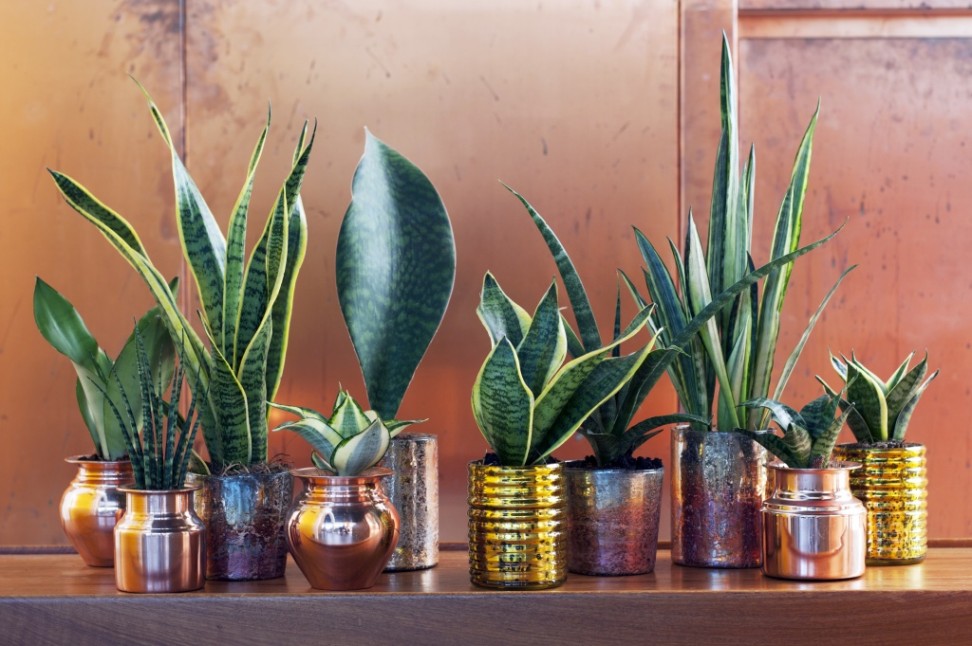
- St. George’s Sword is a hardy, low-maintenance plant known for its ability to survive in low-light conditions. Its long, pointed leaves add a touch of elegance to any space.
2. Zamioculcas (Zamioculcas zamiifolia)
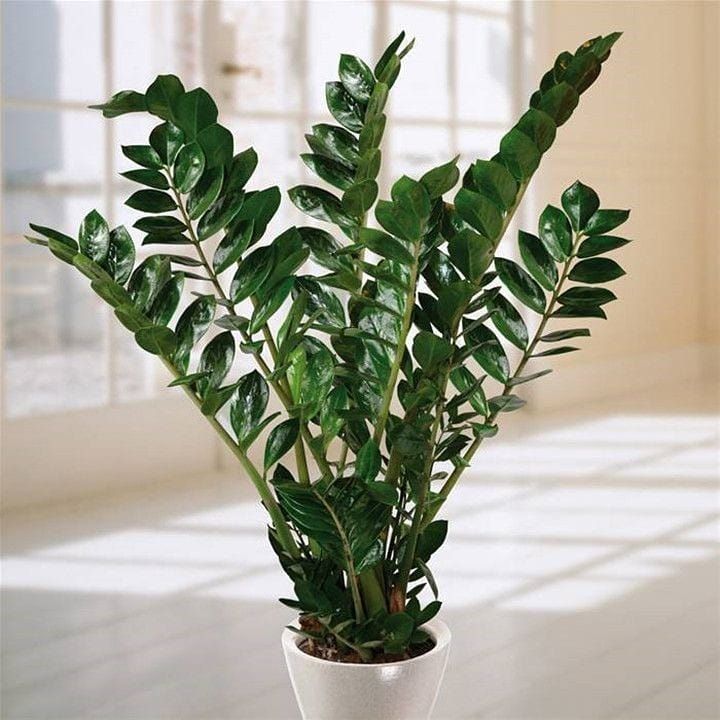
- Zamioculcas, also known as ZZ plant, is a popular choice for dark corners due to its tolerance to lack of light and its ability to store water in its stems. Its glossy, leafy leaves bring a touch of exuberance to any environment.
3. Aglaonema (Aglaonema)
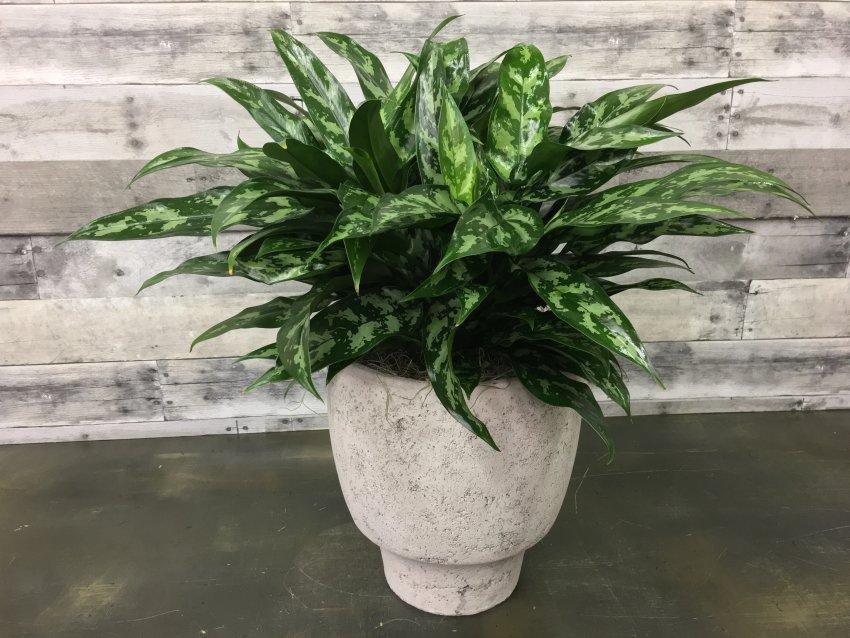
- Aglaonema is a versatile indoor plant that can thrive in low-light environments. Its variegated leaves in shades of green and silver add an attractive decorative element, while its resistance to harsh conditions makes it a popular choice for dark corners.
4. Maranta (Maranta leuconeura)
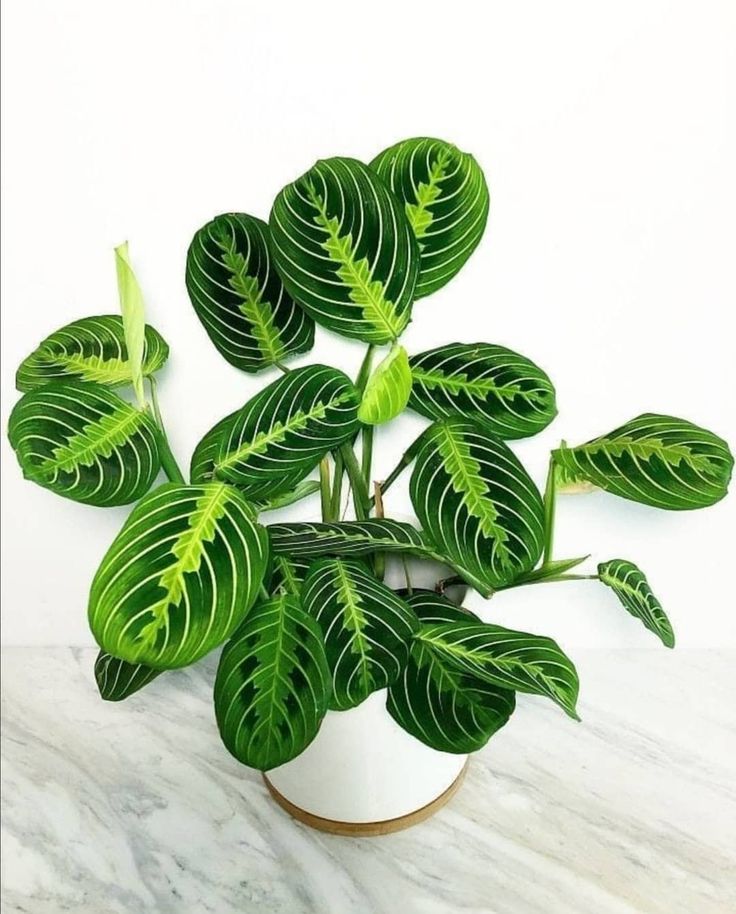
- The Maranta, also known as the Crab Plant, is a plant with lush foliage that can survive in low-light environments. Its distinctive leaves, with striped patterns and vibrant colors, add visual interest to any space.
5. Heart-leaf (Philodendron hederaceum)
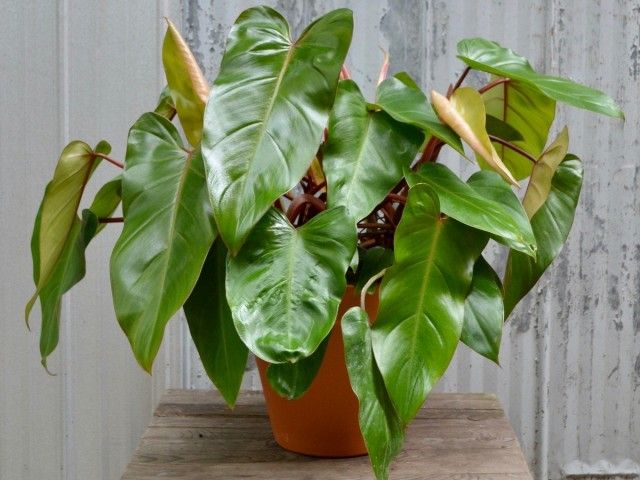
- Heart-leaf is a low-maintenance climbing plant that can thrive in low-light environments. Its heart-shaped leaves and pendulous growth make it a charming choice for dark corners, where it can be grown as a hanging or climbing plant.
IV. Characteristics and Specific Care of Each Plant
Here are the distinct characteristics of each plant, along with guidelines on care, watering and light requirements to ensure its healthy growth:
1. St. George’s Sword (Sansevieria)
- Characteristics: Long, pointed leaves, hardy and low-maintenance.
- Care: Tolerates low light conditions, moderate watering and well-drained soil.
- Light requirements: Prefers indirect light, but can tolerate weak direct sunlight.
2. Zamioculcas (Zamioculcas zamiifolia)
- Characteristics: Glossy, leafy leaves, stores water in its stems.
- Care: Little watering, slightly moist soil and efficient drainage.
- Light requirements: Tolerates low light, but prefers bright indirect light.
3. Aglaonema (Aglaonema)
- Characteristics: Variegated leaves in shades of green and silver, versatile and decorative.
- Care: Moderate watering, moist soil and a humid environment.
- Light requirements: Prefers indirect light, can tolerate moderate shade.
4. Maranta (Maranta leuconeura)
- Characteristics: Lush foliage with striped patterns and vibrant colors.
- Care: Regular watering, moist soil and high humidity.
- Light requirements: Prefers diffused indirect light, avoid direct sunlight.
5. Heart-leaf (Philodendron hederaceum)
- Characteristics: Low-maintenance climbing plant with heart-shaped leaves.
- Care: Moderate watering, moist soil and climbing support.
- Light requirements: Tolerates low light, but prefers bright indirect light.
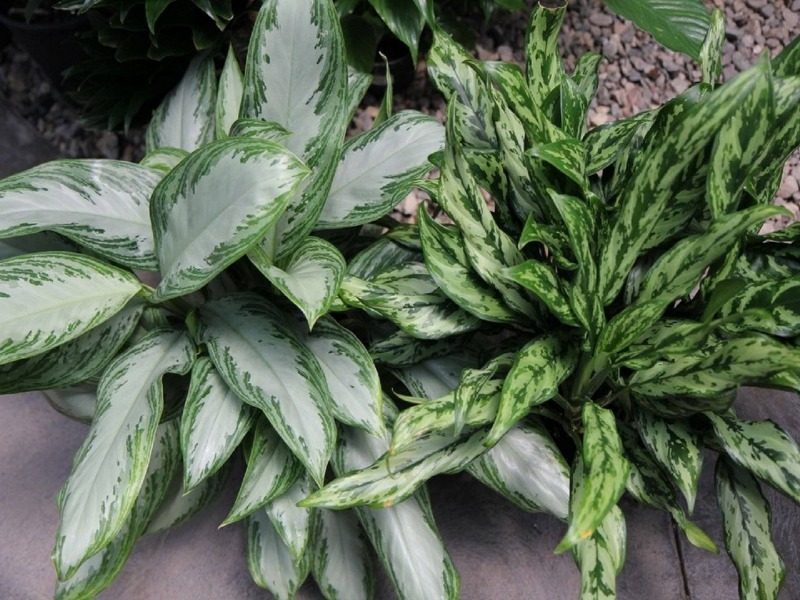
V. Tips for Successful Cultivation in Dark Corners
Here are some suggestions to ensure that your plants thrive even in dark corners and strategies to avoid common problems:
Ensuring the Minimum Amount of Light Required
- Place plants near indirect light sources, such as windows with light curtains or well-lit areas of the house.
- Consider using artificial grow lights, such as full-spectrum LED bulbs, to supplement natural light in especially dark corners.
Avoiding Leaf Stretch
- Keep the plants close enough to the light source to avoid excessive stretching of the leaves in search of light.
- Rotate the plants regularly to ensure that all parts receive even light and encourage more balanced growth.
Monitoring Soil Moisture
- Avoid overwatering, as moist soil can lead to root rot in low light conditions.
- Use pots with drainage holes and well-drained substrates to prevent water from accumulating in the soil.
Providing Adequate Nutrients
- Fertilize the plants sparingly, following the instructions of the fertilizer used, to avoid excessive accumulation of salts in the soil.
- Consider using slow-release or organic fertilizers to provide nutrients in a gradual and balanced way.
By following these simple tips, you can enjoy successful and healthy cultivation even in the darkest corners of your home.
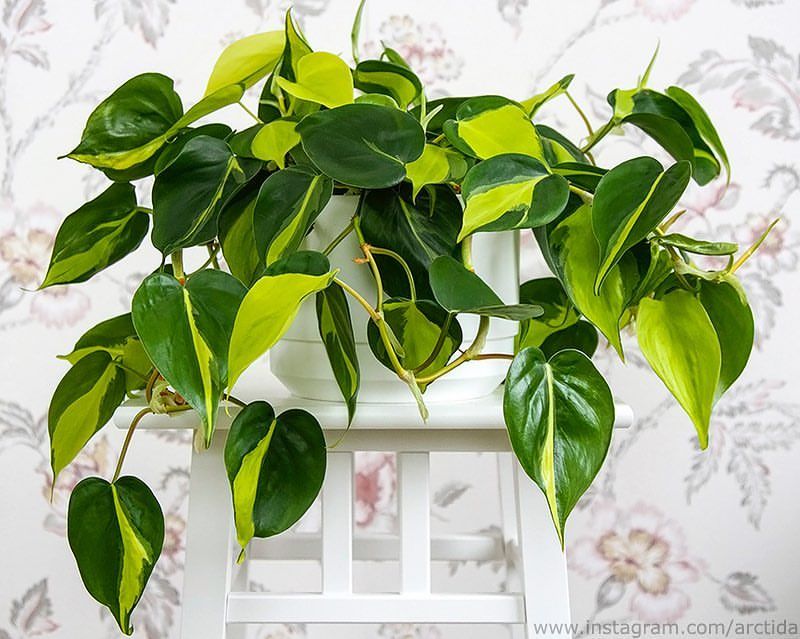
VI. Conclusion
After exploring some ideal plant options for dark corners, it’s time to recap and encourage readers to experiment with bringing green life to even the darkest places in their homes.
Recap of Recommended Plants:
- St. George’s Sword (Sansevieria)
- Zamioculcas (Zamioculcas zamiifolia)
- Aglaonema (Aglaonema)
- Maranta (Maranta leuconeura)
- Heart-leaf (Philodendron hederaceum)
These plants not only add beauty and freshness to dark corners, they also help purify the air and create a more welcoming and healthy environment in your home. Try growing them and discover how even the darkest spaces can be transformed into oases of green life and vitality.
Frequently Asked Questions
Which plants can survive without the sun?
There are several plants that can survive without direct sunlight. Among them are St. George’s Sword, Zamioculca, Aglaonema and Heart-leaf, which are known for their ability to thrive in low-light environments. These plants have adapted to shady conditions and require less direct sunlight to carry out photosynthesis, making them ideal for dark corners indoors.
Which plants grow in the dark?
Plants that grow in the dark are usually those that can adapt to environments with little natural light. Species such as Maranta, Philodendron, Calathea and Aspidistra are examples of plants that can thrive in shady conditions. Although they still need some light to survive, these plants have a greater tolerance to a lack of direct sunlight and are able to carry out photosynthesis efficiently even in low-light environments.
Which plant survives in the dark?
One plant that is known for surviving in the dark is St. George’s Sword (Sansevieria). This plant is extremely hardy and can thrive in low light conditions, making it a popular choice for indoor environments with limited lighting. Its ability to survive and even thrive in adverse conditions makes it an ideal option for those wishing to add greenery to dark corners or dimly lit areas of the home.
